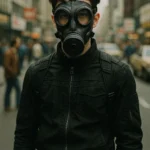
10 Places in New York Where You Can Find an AED Quickly
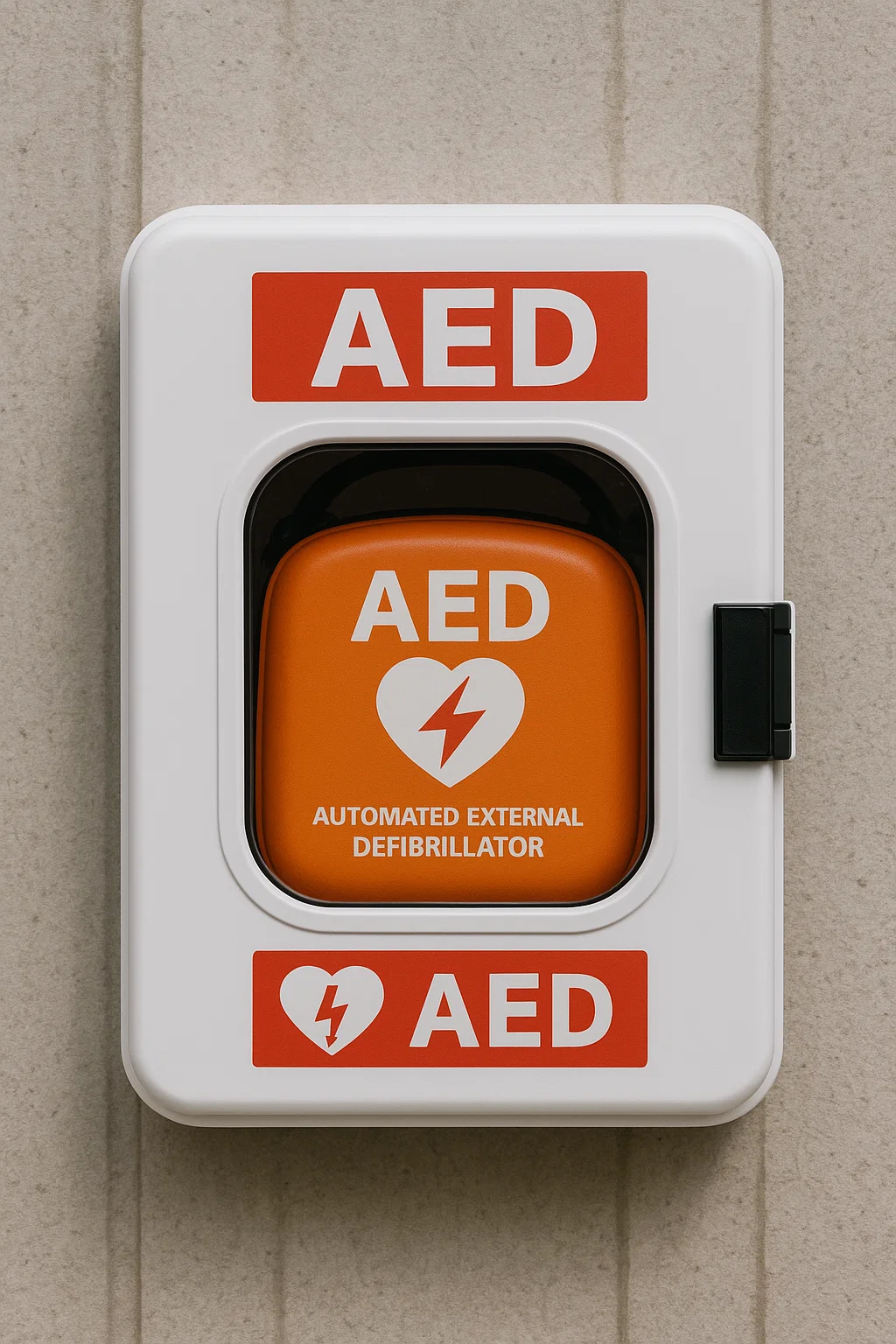
Find an AED in the chaotic rhythm of New York City; every second counts. Especially when a heart suddenly stops beating.
Cardiac arrest doesn’t wait, it doesn’t announce itself, and it doesn’t check if you’re near a hospital.
Sudden cardiac arrest (SCA) is a leading cause of death in the United States.
When it strikes, the heart stops pumping blood, the brain loses oxygen, and the clock starts ticking. Brain damage can begin after just 4 to 6 minutes, and survival is rare after 10 minutes unless someone intervenes fast.
That’s where AEDs come in.
Why AED Access Matters in Today’s Healthcare Landscape
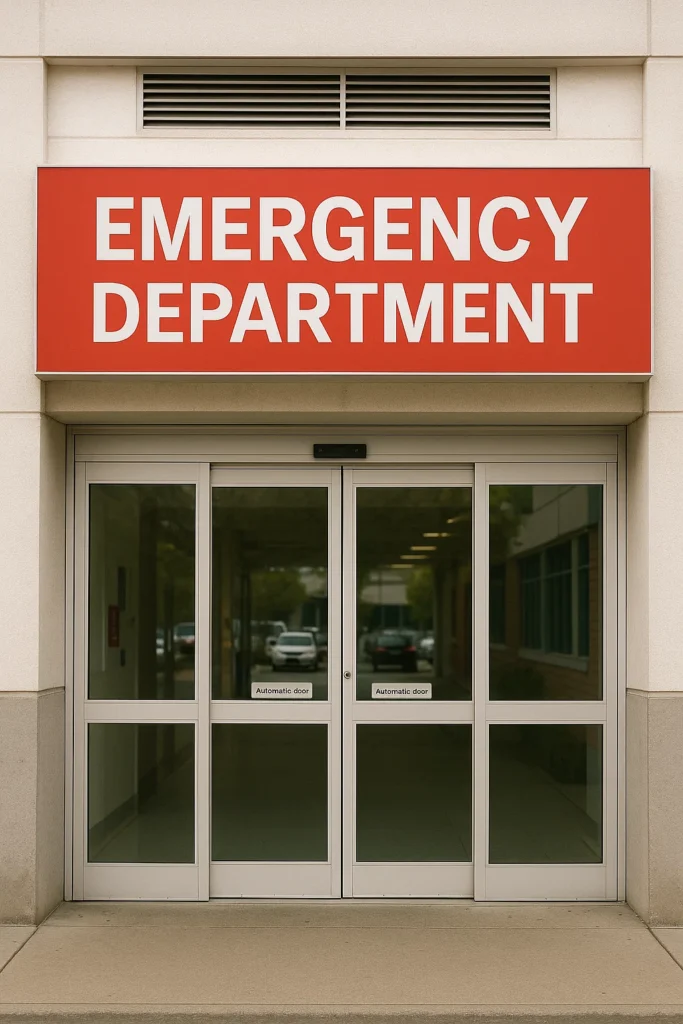
The U.S. healthcare system is shifting toward community-first responses. Emergency rooms are overwhelmed. EMS services, while fast, can still take 8 to 12 minutes to arrive in NYC traffic.
That’s too late for many cardiac arrest victims.
Automated External Defibrillators (AEDs) are life-saving tools designed for exactly this moment:
- They’re portable, easy to use, and can restore a heart’s rhythm.
- They can be used by bystanders, even without medical training.
- They significantly increase survival rates when used within 3-5 minutes.
In a city as dense and fast-paced as New York, public AEDs are critical.
But here’s the real problem: many people don’t know where they are.
The Reality of AED Access in New York
AEDs are legally required in many public and private locations in NYC.
But locking them away, unmarking them, or hiding them defeats their purpose. And not all buildings are legally obligated to install them.
Still, certain key places in New York reliably have AEDs, and knowing those can turn a bystander into a hero.
Let’s explore 10 places in New York where you can find an AED quickly, should you ever need one.
1. Subway Stations with Staffed Booths
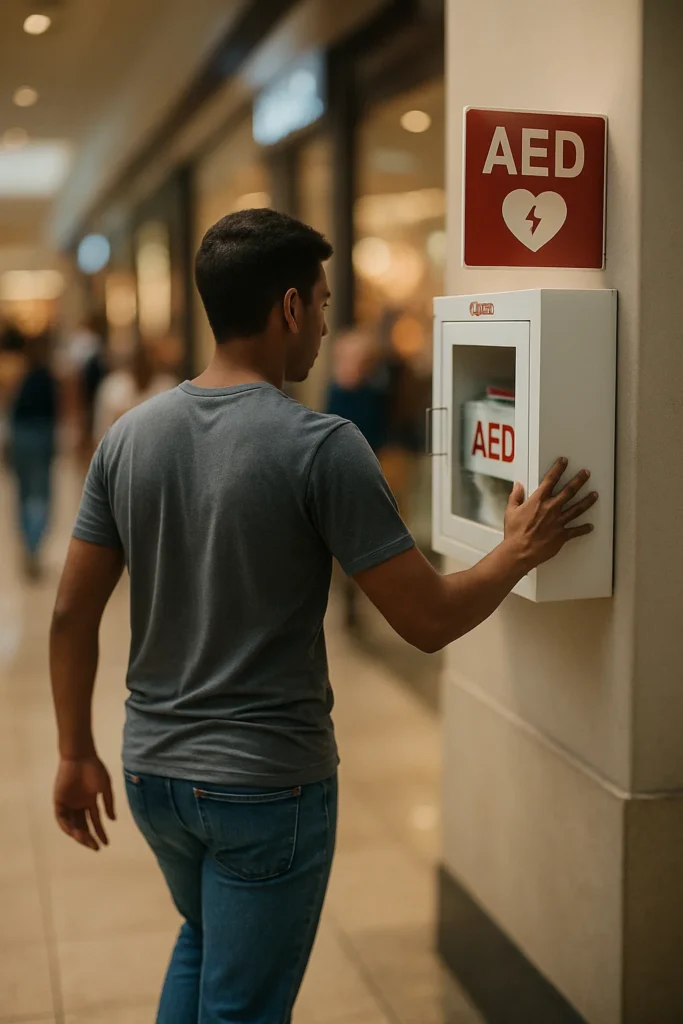
Many major subway stations have AEDs, particularly those with staffed booths.
- Usually mounted near station agent booths.
- Often labelled clearly with signage above.
- MTA staff are trained to assist or direct users.
Subways don’t just move people; they now help save them.
Next time you step onto the platform, scan the area. Knowing where that defibrillator sits could save a life tomorrow.
2. Public Schools and Universities
New York state law mandates AEDs in many educational settings.
- Most NYC public schools have at least one AED on-site.
- Colleges and universities also maintain multiple AED units.
- Typically located near gymnasiums, central offices, and cafeterias.
Schools are not just learning centres; they’re first-response zones.
Education includes safety. That’s why administrators are often trained in CPR and AED use.
3. Sports Arenas and Stadiums
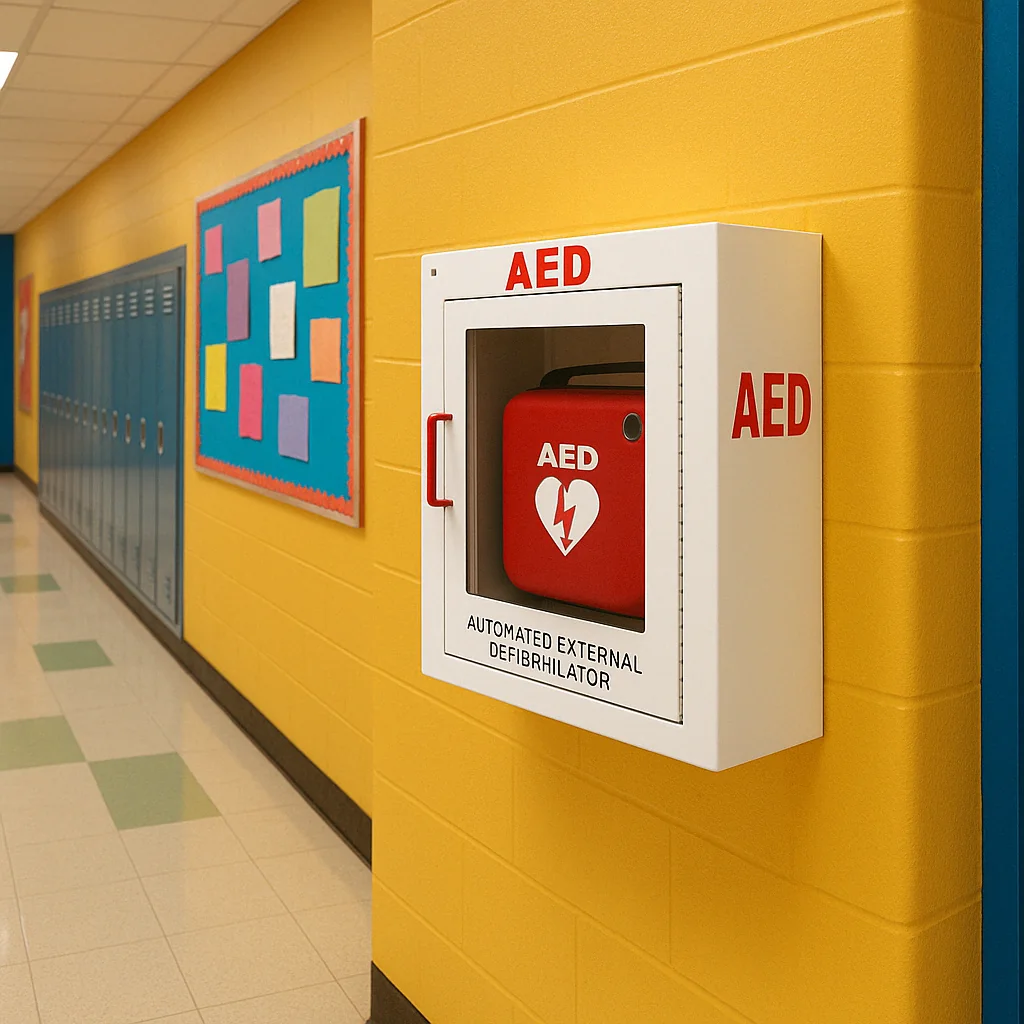
Where physical exertion peaks, so do risks.
- AEDs are placed throughout stadiums, often near entrances and locker rooms.
- Security and event staff are trained in emergency response.
- Signs point the way, but it’s good to notice one in advance.
Spectator or athlete, cardiac risk doesn’t discriminate.
A moment of awareness during a game can mean the difference between panic and action.
4. Police Precincts and Fire Stations
When you’re near first responders, you’re near AEDs.
- Every NYPD precinct and FDNY firehouse is equipped with AEDs.
- Most have units available at the front desk or lobby.
- Trained officers can assist if needed.
These buildings are more than safety hubs; they’re emergency anchors.
They sit embedded in communities, often faster to reach than hospitals in a crisis.
5. Libraries and Community Centres
Knowledge is power and, in some cases, survival.
- Many public libraries have AEDs near information desks.
- Community centres often keep them near gym spaces or entrances.
- Staff are typically briefed on emergency use.
Quiet buildings can still be sites of urgent intervention.
The next time you visit for a book or a meeting, glance around. You might be learning more than just literature.
6. Government Buildings and Courthouses
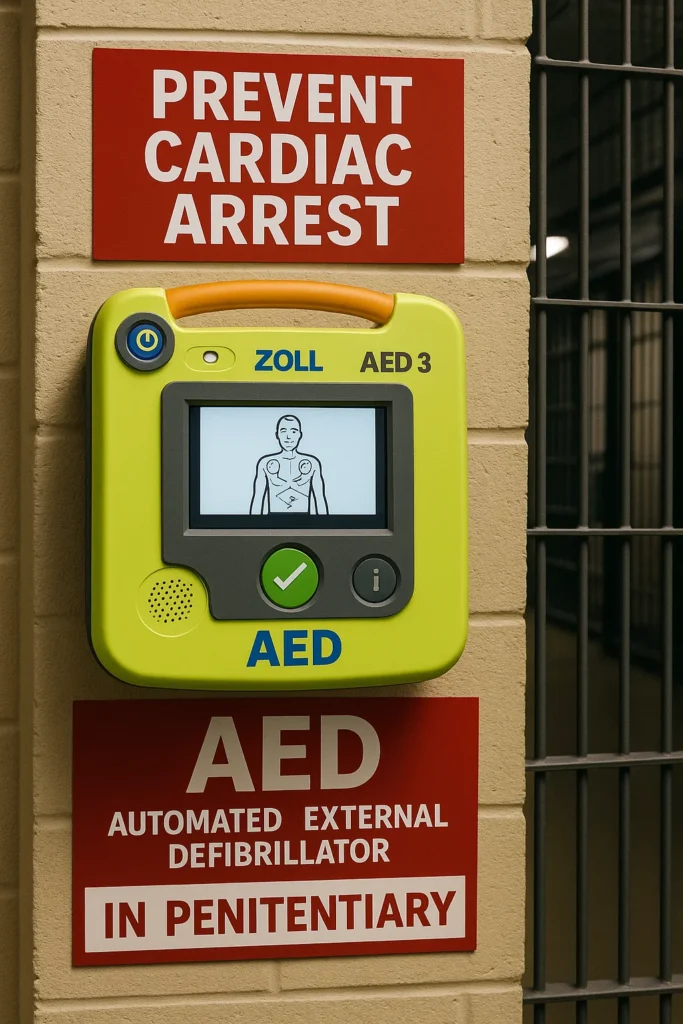
Public service spaces are required to prepare for public health emergencies.
- Most courthouses and city government offices maintain visible AEDs.
- Security guards are often trained in usage.
- Units are mounted in common areas or lobbies.
Justice isn’t the only thing protected in these buildings; so are lives.
And because they’re open to the public, they become critical waypoints in dense urban zones.
7. Major Office Buildings and Corporate Campuses

Though not all private buildings are required to have AEDs, many do.
- Large office towers usually place AEDs in the main lobbies and on every few floors.
- Building security teams are trained in CPR and AED response.
- Conference centres and co-working spaces often provide them, too.
Workplaces aren’t just professional environments; they’re potential first-responder networks.
Training employees and installing AEDs turns desks into defence lines.
8. Gyms and Fitness Centres
Where heart rates are high, so is cardiac risk.
- AEDs are legally required in most NYC gyms.
- Usually mounted near the entrance or front desk.
- Staff typically receive annual CPR and AED training.
Sweat, strain, sprint, and safety.
Fitness should never come at the cost of preparation. The right machine on the wall can keep the one in your chest beating.
9. Museums, Theatres, and Cultural Venues
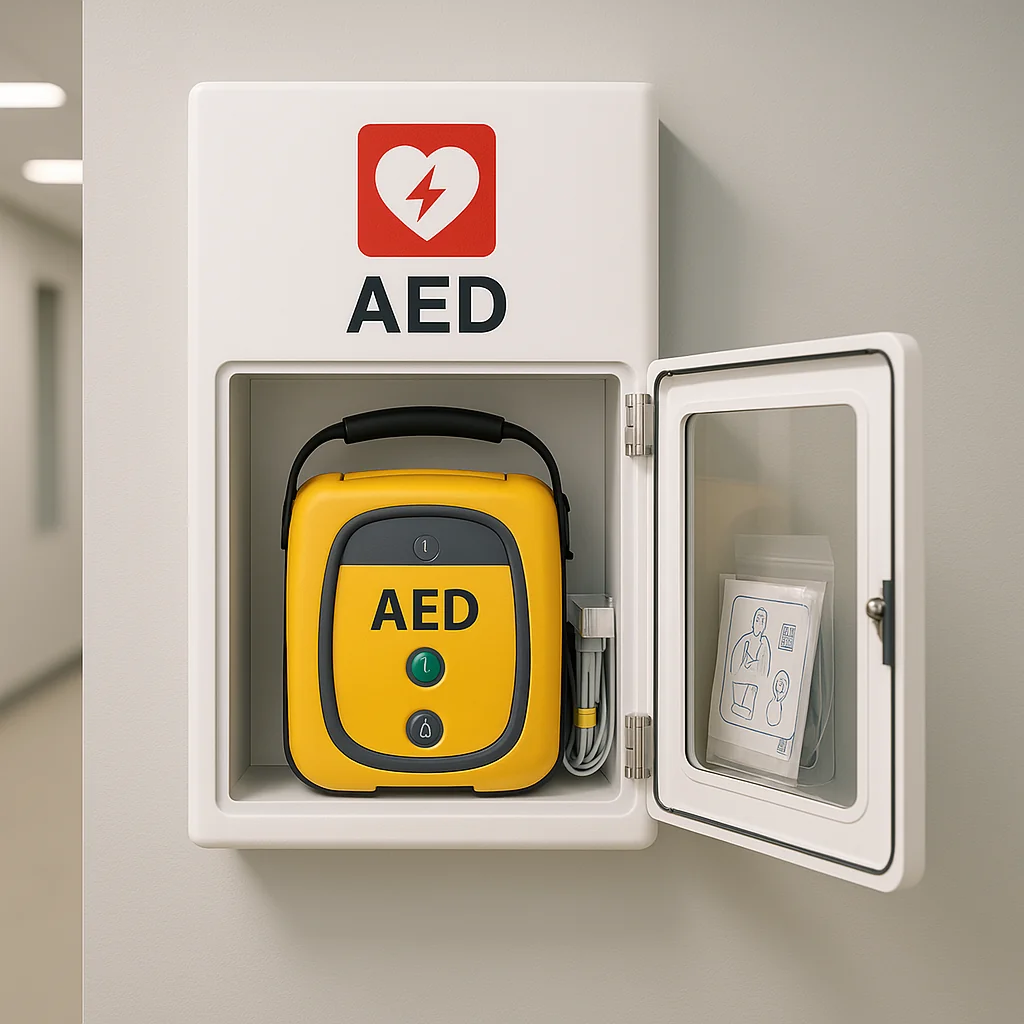
Where crowds gather, readiness must follow.
- Many venues are proactive about safety and house AEDs near security stations.
- Some place signage in restrooms or near elevators.
- Staff undergo emergency response drills.
Culture isn’t just expressive; it’s responsive.
A theatre night should never turn tragic due to a missing defibrillator.
10. Airports and Transit Hubs
These high-traffic zones are among the most AED-equipped places in NYC.
- AEDs are mounted on walls every few hundred feet in airports.
- Port Authority bus terminals and ferry docks follow similar protocols.
- Signs often include flashing lights and bold arrows.
When you’re in transit, your heart shouldn’t be left behind.
Travel stress, long walks, and dehydration each add strain. AED access at travel hubs isn’t a luxury; it’s a necessity.
What to Do If You Witness Cardiac Arrest
Knowing where AEDs are is only part of the story. Knowing what to do matters just as much.
Here’s a step-by-step guide:
- Call 911 immediately.
- Send someone to get an AED if they are available.
- Begin chest compressions if the person isn’t breathing.
- Turn on the AED and follow voice prompts.
- Keep going until emergency personnel arrive.
AEDs are smart. They analyse heart rhythm and only deliver a shock if necessary. You can’t make it worse; you can only make it better.
Knowledge Saves Lives
It’s not enough to own the technology. It must be accessible. It must be visible. It must be known.
And it must be used.
AEDs work best when we treat them not as medical tools but as civic essentials.
They belong in gyms, yes. But also in grocery stores. They belong in stadiums. But also on street corners.
Because hearts fail anywhere. At any time. And when they do, you don’t need to be a doctor to save a life; you must be ready.
So let’s do more than walk past those little boxes on the wall.
Let’s notice them, remember them, share where they are, and build a city where every bystander is a first responder.
Because in New York, the city that never sleeps, the heart shouldn’t stop either.
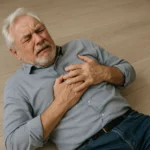

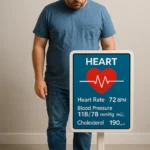
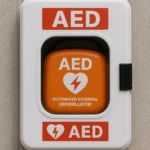
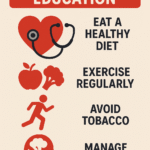



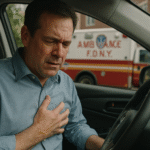

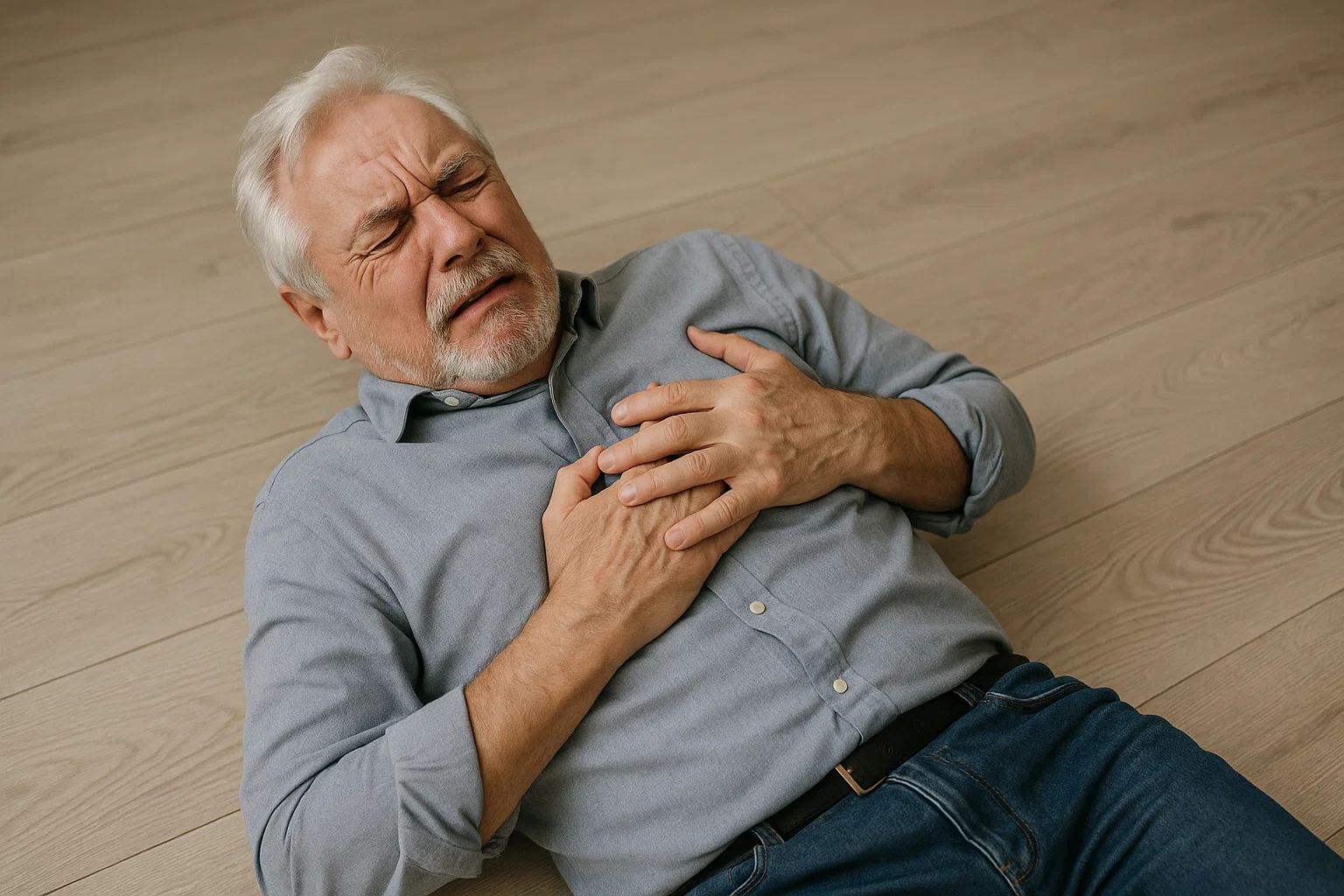

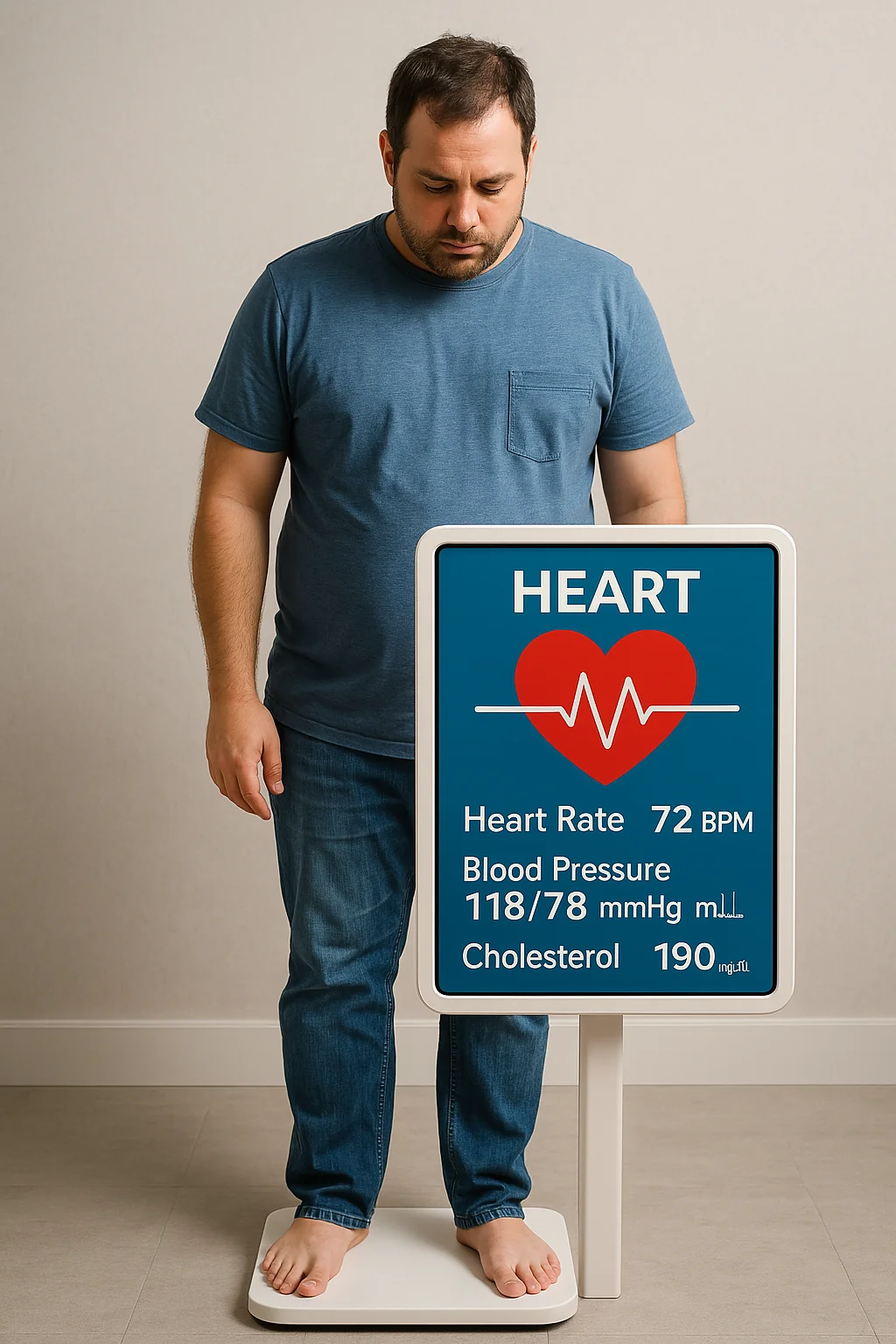
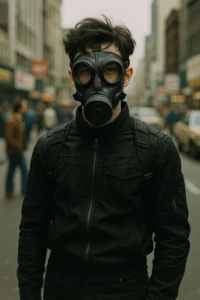
Post Comment